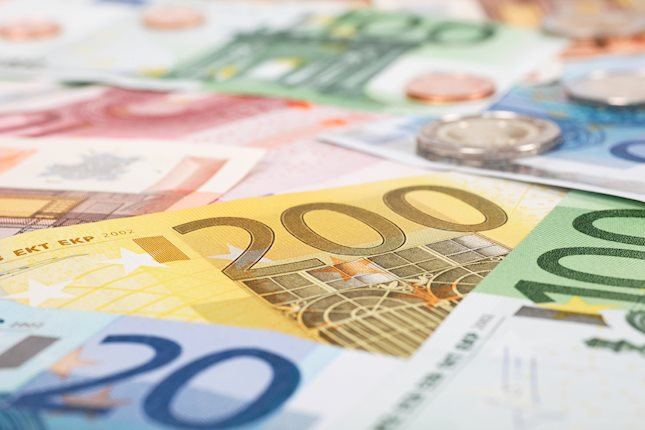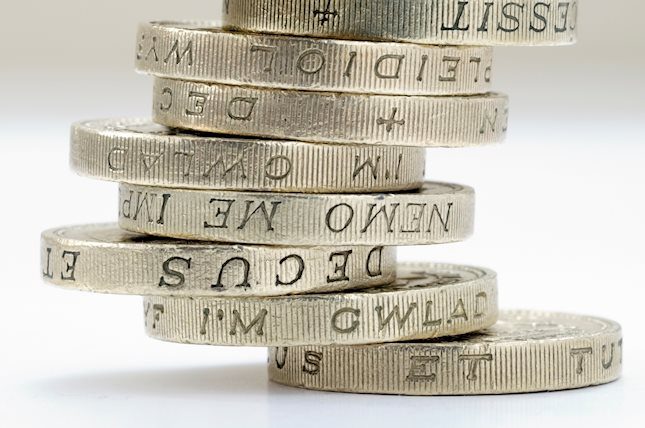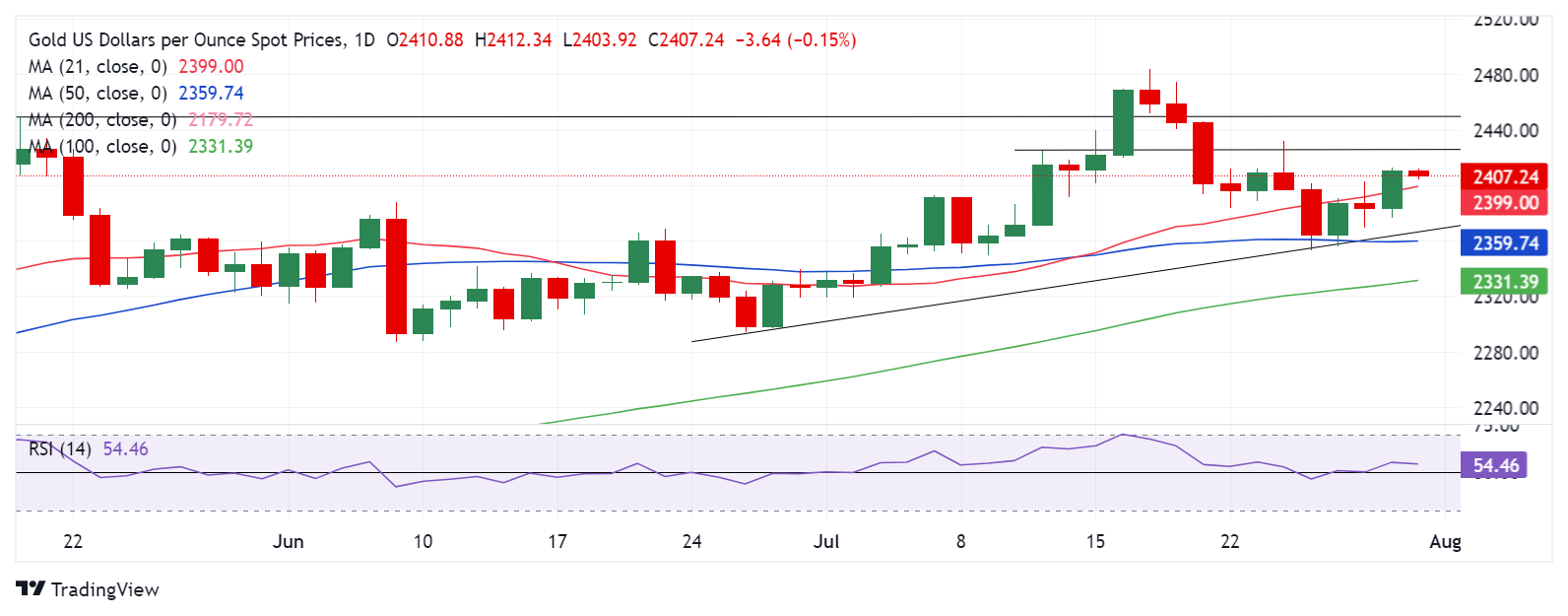- Gold price treads water on the Fed day after Tuesday’s range breakout to the upside.
- US Dollar extends pullback amid subdued US Treasury bond yields, as caution prevails.
- Gold price swings back above 21-day SMA resistance, as the daily RSI flips bullish. Will the rebound last?
Gold price has paused its previous upswing in Asian trading on Wednesday, as buyers take a breather and gather pace ahead of the all-important US Federal Reserve (Fed) policy announcements.
Gold price awaits Fed Chair Jerome Powell for fresh direction
Gold price continued to witness good two-way businesses on Tuesday, initially lurking in the red, as traders appeared non-committal and refrained from placing fresh bets in the countdown to an action-packed economic calendar on both sides of the Atlantic.
In anticipation of critical macro news, investors scurried for safety in the US Dollar (USD), weighing negatively on the USD-denominated Gold price.
However, in the second half of the day, Gold price rebounded firmly as the US Dollar lost its footing even though Wall Street indices were dragged lower by declines in megacap tech stocks pre-earnings results.
Additionally, US Dollar markets resorted to repositioning ahead of Wednesday's all-important US Federal Reserve (Fed) interest rate decision. Meanwhile, the end-of-the-month flows also played their part in the sharp US Dollar pullback, which helped Gold price stage an impressive comeback.
Gold traders paid little heed to the Euro area growth numbers and US JOLT Job Openings data ahead of the Fed showdown. The number of job openings on the last business day of June stood at 8.184 million, the US Bureau of Labor Statistics (BLS) reported in the Job Openings and Labor Turnover Survey (JOLTS) on Tuesday.
In Wednesday’s trading so far, Gold price has entered a cautious mode, shrugging off the upbeat China’s official Manufacturing and Services PMI data, as traders prefer to stay on the sidelines in the lead-up to the key event risks – the US ADP employment data and the Fed policy announcements.
In the meantime, the Bank of Japan (BoJ) policy decision is also eagerly awaited, with markets expecting the Japanese central bank to debate the timing of the next rate hike amid rising wage inflationary pressures and weakening consumption activity. Swap markets are pricing a 70% chance of a BoJ rate hike at the July meeting.
Therefore, the BoJ outcome is likely to infuse intense volatility around the USD/JPY pair, eventually impacting the value of the US Dollar and Gold price. Any reaction to the BoJ policy announcements could be limited, as Gold markets will adjust their positions again and await the Fed verdict.
The Fed is widely expected to hold policy rates but all eyes will be on any hints on the scope and the timing of the potential interest-rate cut. Fed Chair Jerome Powell’s words will hold the key to the next Gold price direction.
Gold price technical analysis: Daily chart
Gold buyers are back in the game in the countdown to the Fed event, represented by the 14-day Relative Strength Index (RSI) flipping back above the 50 level.
Gold price broke the consolidative range to the upside after closing Tuesday above the 21-day Simple Moving Average (SMA) resistance, then at $2,394.
Against this backdrop, further upside looks likely for Gold price, if buyers manage to seek a sustained break above the static resistance in the $2,412.
The next topside barrier is seen at the $2,425-$2,430 band. If the buying interest gains momentum, Gold price could retest the previous all-time highs at $2,450.
On the flip side, the immediate support is seen at the previous 21-day SMA resistance-turned-support now at $2,399.
Further down, Gold price will need a daily close below the rising trendline and 50-day SMA confluence support near $2,360 to initiate a fresh downtrend toward the 100-day SMA support at $2,331.
Buyers, however, could find some comfort at the $2,350 psychological level.
Fed FAQs
Monetary policy in the US is shaped by the Federal Reserve (Fed). The Fed has two mandates: to achieve price stability and foster full employment. Its primary tool to achieve these goals is by adjusting interest rates. When prices are rising too quickly and inflation is above the Fed’s 2% target, it raises interest rates, increasing borrowing costs throughout the economy. This results in a stronger US Dollar (USD) as it makes the US a more attractive place for international investors to park their money. When inflation falls below 2% or the Unemployment Rate is too high, the Fed may lower interest rates to encourage borrowing, which weighs on the Greenback.
The Federal Reserve (Fed) holds eight policy meetings a year, where the Federal Open Market Committee (FOMC) assesses economic conditions and makes monetary policy decisions. The FOMC is attended by twelve Fed officials – the seven members of the Board of Governors, the president of the Federal Reserve Bank of New York, and four of the remaining eleven regional Reserve Bank presidents, who serve one-year terms on a rotating basis.
In extreme situations, the Federal Reserve may resort to a policy named Quantitative Easing (QE). QE is the process by which the Fed substantially increases the flow of credit in a stuck financial system. It is a non-standard policy measure used during crises or when inflation is extremely low. It was the Fed’s weapon of choice during the Great Financial Crisis in 2008. It involves the Fed printing more Dollars and using them to buy high grade bonds from financial institutions. QE usually weakens the US Dollar.
Quantitative tightening (QT) is the reverse process of QE, whereby the Federal Reserve stops buying bonds from financial institutions and does not reinvest the principal from the bonds it holds maturing, to purchase new bonds. It is usually positive for the value of the US Dollar.
Information on these pages contains forward-looking statements that involve risks and uncertainties. Markets and instruments profiled on this page are for informational purposes only and should not in any way come across as a recommendation to buy or sell in these assets. You should do your own thorough research before making any investment decisions. FXStreet does not in any way guarantee that this information is free from mistakes, errors, or material misstatements. It also does not guarantee that this information is of a timely nature. Investing in Open Markets involves a great deal of risk, including the loss of all or a portion of your investment, as well as emotional distress. All risks, losses and costs associated with investing, including total loss of principal, are your responsibility. The views and opinions expressed in this article are those of the authors and do not necessarily reflect the official policy or position of FXStreet nor its advertisers. The author will not be held responsible for information that is found at the end of links posted on this page.
If not otherwise explicitly mentioned in the body of the article, at the time of writing, the author has no position in any stock mentioned in this article and no business relationship with any company mentioned. The author has not received compensation for writing this article, other than from FXStreet.
FXStreet and the author do not provide personalized recommendations. The author makes no representations as to the accuracy, completeness, or suitability of this information. FXStreet and the author will not be liable for any errors, omissions or any losses, injuries or damages arising from this information and its display or use. Errors and omissions excepted.
The author and FXStreet are not registered investment advisors and nothing in this article is intended to be investment advice.
Recommended Content
Editors’ Picks

EUR/USD stabilizes near 1.0550, looks to post weekly gains
EUR/USD continues to fluctuate in a tight channel at around 1.0550 in the American session on Friday as trading action remains subdued with US financial markets heading into the weekend early. The pair looks to end the week in positive territory.

GBP/USD loses traction, retreats below 1.2700
After climbing to its highest level in over two weeks at 1.2750, GBP/USD reverses direction and declines to the 1.2700 area on Friday. In the absence of fundamental drivers, investors refrain from taking large positions. Nevertheless, the pair looks to snap an eight-week losing streak.

Gold pulls away from daily highs, holds near $2,650
Gold retreats from the daily high it set above $2,660 but manages to stay afloat in positive territory at around $2,650, with the benchmark 10-year US Treasury bond yield losing more than 1% on the day. Despite Friday's rebound, XAU/USD is set to register losses for the week.

Bitcoin attempts for the $100K mark
Bitcoin (BTC) price extends its recovery and nears the $100K mark on Friday after facing a healthy correction this week. Ethereum (ETH) and Ripple (XRP) closed above their key resistance levels, indicating a rally in the upcoming days.

Eurozone PMI sounds the alarm about growth once more
The composite PMI dropped from 50 to 48.1, once more stressing growth concerns for the eurozone. Hard data has actually come in better than expected recently – so ahead of the December meeting, the ECB has to figure out whether this is the PMI crying wolf or whether it should take this signal seriously. We think it’s the latter.

Best Forex Brokers with Low Spreads
VERIFIED Low spreads are crucial for reducing trading costs. Explore top Forex brokers offering competitive spreads and high leverage. Compare options for EUR/USD, GBP/USD, USD/JPY, and Gold.
